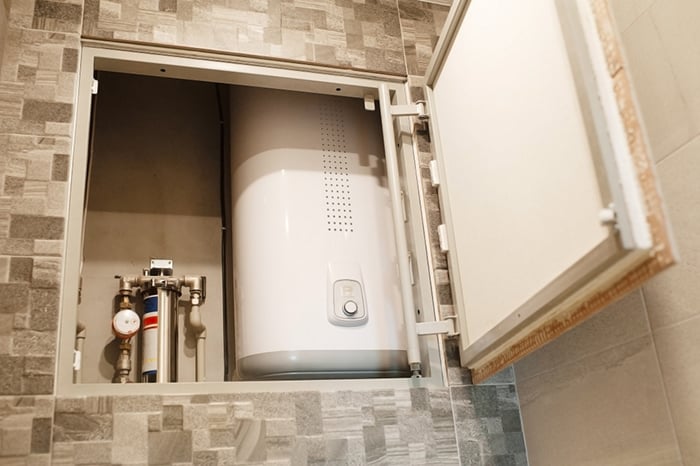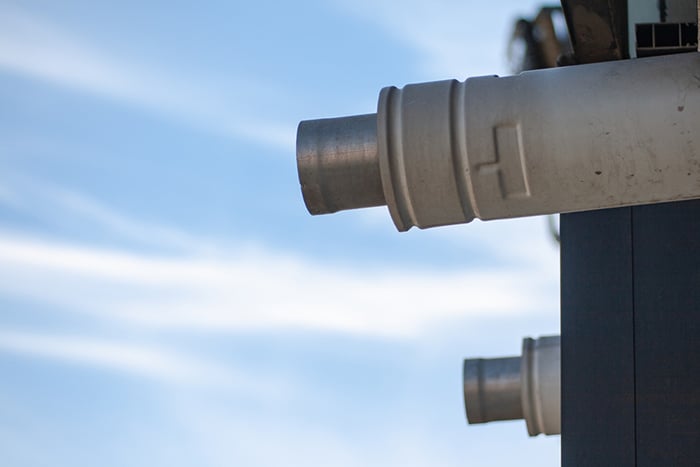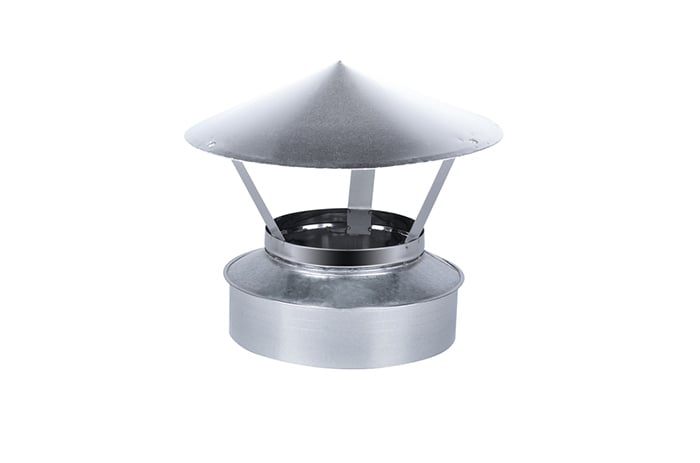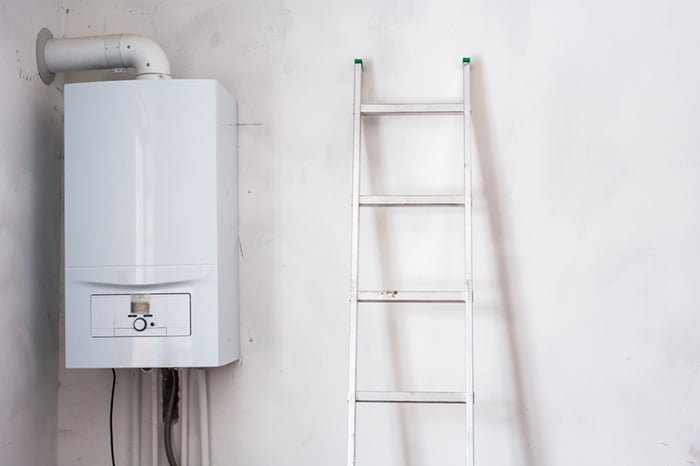Condensing boilers have significantly grown in popularity due to their superior energy efficiency and environmental friendliness. A frequent question from homeowners and industry professionals alike is whether a condensing boiler can be effectively installed outdoors. The answer is yes, provided critical factors and manufacturer specifications are properly followed.
Determining Installation Suitability
The possibility of installing a condensing boiler outdoors primarily depends on the manufacturer’s design specifications and materials used in the construction of the boiler. Reviewing the manufacturer’s guidelines thoroughly is essential to determine whether a specific boiler model is suitable for outdoor conditions. Boilers designed for outdoor installations typically feature protective housing or materials specifically engineered to withstand various environmental challenges, including exposure to rain, frost, intense sunlight, and temperature fluctuations.
It is crucial to understand that condensing boilers, similar to sealed boilers, operate independently from the ambient conditions due to their fully enclosed combustion chamber. Consequently, outdoor environmental conditions generally do not impact the boiler’s combustion process, offering flexibility in the installation location.

While there are no blanket restrictions at a European or Spanish national level against outdoor boiler installations, local regulations or homeowner association rules might impose additional conditions. Always consult regional guidelines and association regulations to ensure compliance and avoid potential conflicts.
Advantages of Outdoor Condensing Boiler Installation
Improved Indoor Air Quality
Condensing boilers have sealed combustion chambers, meaning they draw air from outside and exhaust combustion gases directly outdoors. This design eliminates the risk of indoor air contamination and significantly enhances indoor air quality.

Space Optimization
Placing the boiler outdoors frees valuable indoor space, which can be especially advantageous for properties with limited interior areas. This solution facilitates more effective use of available interior spaces.
Key Recommendations for Outdoor Installation
Ensure Adequate Protection

Even boilers designed explicitly for outdoor installations should ideally be placed in a sheltered location or provided with additional protective casing. This measure significantly reduces direct exposure to harsh weather conditions, maintaining optimal boiler performance and extending its lifespan.
Regular Maintenance is Essential
Outdoor installations expose boilers to additional environmental factors such as moisture, dirt, and temperature variations. Hence, periodic maintenance becomes increasingly important to ensure consistent and efficient operation, preserve energy efficiency, and comply with safety standards.
Aesthetic Considerations and Regulatory Compliance
When positioning the boiler externally, especially on visible parts of the building, it’s vital to ensure that the installation is aesthetically consistent with the building’s exterior design. Adherence to local building regulations and homeowner association guidelines is also essential.
Understanding Current Regulations
Newly installed boilers must comply with current regulations that mandate the use of condensing boilers due to their ecological benefits and energy efficiency. Professionals involved in boiler installation should be thoroughly familiar with these regulations, and it is beneficial for homeowners to understand them as well.
Conclusion
Installing a condensing boiler outdoors is entirely feasible and advantageous when performed in alignment with manufacturer recommendations and local regulations. This installation type provides significant benefits concerning indoor air quality, space savings, and overall environmental impact, making it an attractive option for modern heating solutions.

